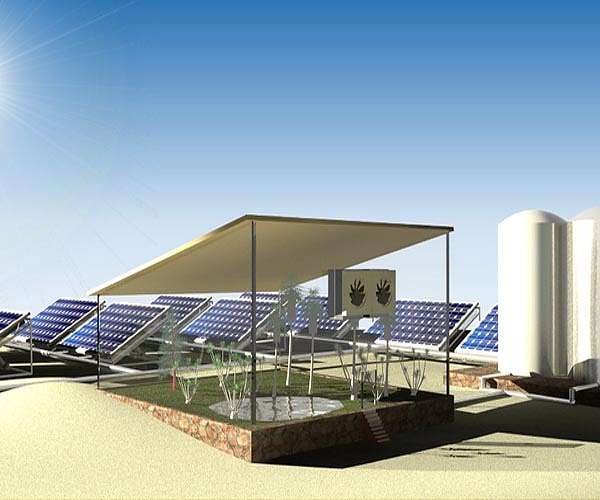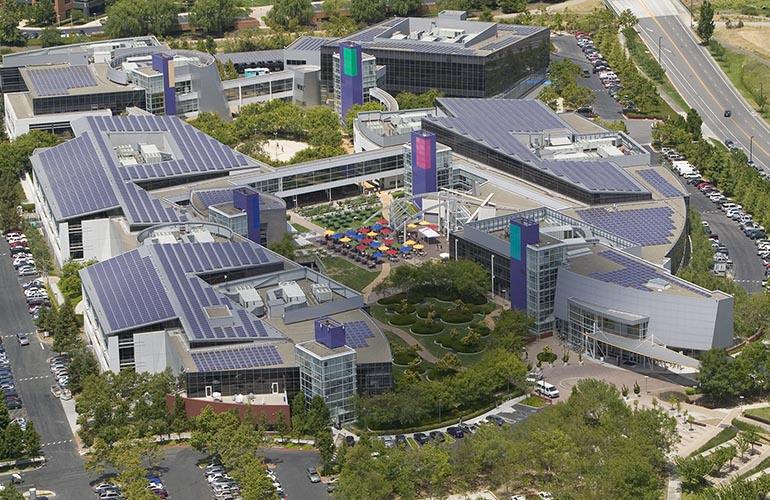
Study shows how water systems can drive renewable energy adoption
by Clarence Oxford
Los Angeles CA (SPX) Sep 30, 2024
New research led by Stanford University highlights how water systems, such as desalination plants and wastewater treatment facilities, could contribute to making renewable energy more accessible and reliable. The study, published on Sept. 27 in ‘Nature Water’, introduces a framework for assessing how water systems can modify their energy usage to help balance power grid supply and demand.
“If we’re going to reach net zero, we need demand-side energy solutions, and water systems represent a largely untapped resource,” explained Akshay Rao, the study’s lead author and an environmental engineering PhD student at Stanford School of Engineering. “Our method helps water operators and energy managers make better decisions about how to coordinate these infrastructure systems to simultaneously meet our decarbonization and water reliability goals.”
As grids increasingly depend on renewable sources such as wind and solar, balancing supply and demand becomes more complex. Typically, energy storage options like batteries address this issue, but these technologies can be expensive. An alternative lies in utilizing demand-side flexibility, particularly from large consumers of electricity, such as water conveyance and treatment systems. Water systems, which account for up to 5% of the nation’s electricity consumption, could provide benefits similar to those offered by batteries by adjusting their operations to meet real-time energy needs, according to the study’s authors.
A framework for flexibility
To harness this potential, the researchers devised a framework that evaluates the energy flexibility of water systems from the perspectives of both electric grid operators and water system managers. The framework compares the value of energy flexibility from water systems with that of other large-scale energy storage solutions, such as lithium-ion batteries, which store electricity during low-demand periods and discharge it during peak demand times. The analysis also considers reliability, compliance risks, and capital upgrade costs involved in achieving energy flexibility from critical infrastructure systems.
The team tested the framework on various water facilities, including a seawater desalination plant, a water distribution network, and a wastewater treatment facility. They also examined how different tariff structures and electricity rates in California, Texas, Florida, and New York impacted the results.
Their findings showed that these water systems could shift up to 30% of their energy consumption during peak demand periods, offering significant cost savings and reducing stress on the power grid. Desalination plants, in particular, demonstrated considerable potential for energy flexibility by adjusting water recovery rates or temporarily halting specific operations when electricity prices were high.
The framework developed by the researchers could assist grid operators in evaluating energy flexibility across various water systems, comparing it to other energy storage options, and adjusting energy prices accordingly. It could also guide water utility operators in making more informed financial decisions when designing and operating their plants in the context of rapidly evolving electricity grids.
The study further underscores the importance of energy pricing in maximizing the benefits of energy flexibility. Water systems with variable electricity rates depending on the time of day stand to gain the most. Facilities could even earn revenue by reducing their energy use during periods of high grid stress, participating in energy-saving programs offered by utilities.
“Our study gives water and energy managers a tool to make smarter choices,” Rao said. “With the right investments and policies, water systems can play a key role in making the transition to renewable energy smoother and more affordable.”
Research Report:Valuing Energy Flexibility from Water Systems
Related Links
Stanford University
All About Solar Energy at SolarDaily.com







